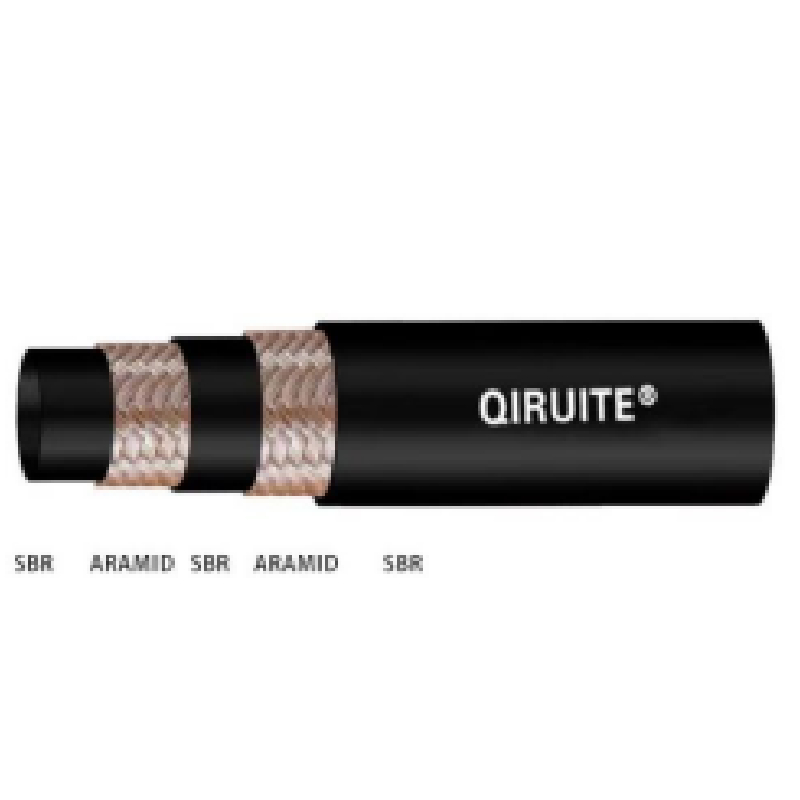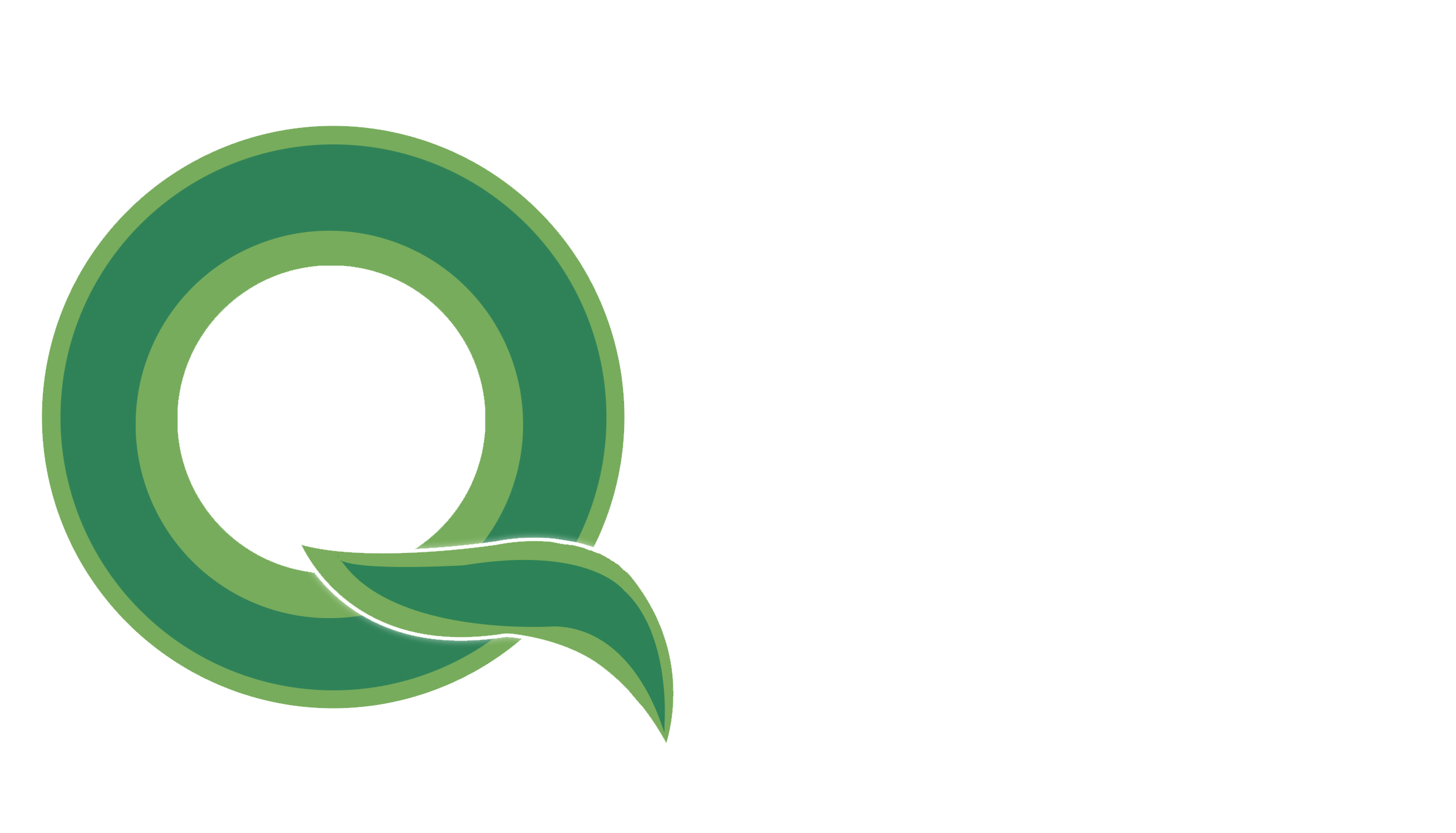Sewer Jet Hose | High-Pressure, Durable & Flexible
Sewer cleaning hose: field notes, specs, and what really matters on the truck
If you spec a sewer jet hose for municipal or contractor fleets, you already know the drill: pressure, abrasion, downtime—pick two. I’ve spent enough chilly mornings around jet vacs to say this plainly: build quality and testing standards matter more than glossy brochures. This hose, made in Ningjin County, Hebei Province, aims at the rough end of drain and sewer cleaning, and—surprisingly—keeps its flexibility when the pavement is frosty.

Industry snapshot
Trends are pretty clear: operators want lighter assemblies, higher working pressures (4–5k psi class), and longer service intervals. Many customers say they’re sick of “mystery” polymer blends. They want documented abrasion cycles and burst ratios. Also, cold-flex is a real buying trigger in northern markets; contractors tell me a sewer jet hose that kinks or goes rigid at 0°F just doesn’t leave the reel.

Typical construction and process flow
Materials (typical in this class): thermoplastic tube (often polyester-based), dual high‑tensile synthetic fiber braid, and a tough PU or elastomer cover with oil and abrasion resistance. Methods: controlled extrusion, braid application, cover co-extrusion, then assembly and proof testing. Testing: hydrostatic per ISO 1402, abrasion per ISO 6945, oil resistance per ISO 1817, and water‑jetting conformance guided by EN 1829‑2. Service life? Depends on duty cycle and water quality, but many fleets report 12–24 months in mixed municipal use—real‑world use may vary.
Product specifications (representative)
| Size (ID) | Working Pressure | Burst (≈3:1) | Min. Bend Radius | Weight | Cover |
|---|---|---|---|---|---|
| 1/4 in (6.4 mm) | 4,000 psi (≈275 bar) | ≥12,000 psi | 2.5 in (≈64 mm) | 0.09 lb/ft | PU/elastomer, oil & abrasion resistant |
| 3/8 in (9.5 mm) | 4,000–5,000 psi | ≥12,000–15,000 psi | 3.5 in (≈90 mm) | 0.15 lb/ft | PU/elastomer |
| 1/2 in (12.7 mm) | 3,000–4,000 psi | ≥9,000–12,000 psi | 5.0 in (≈127 mm) | 0.22 lb/ft | PU/elastomer |
Temperature range: around −40°C to +60°C; cold-flex remains good, which, to be honest, saves reels and operators’ backs.

Applications and advantages
- Drain and sewer cleaning, from 3–24 in mains; grease, roots, silt.
- High‑pressure water cleaning in plants where oil splash is common.
- Pros: high strength for safety, oil resistance, impressive abrasion life, and easy handling on reels. A sewer jet hose that behaves in low temps shortens setup time.
Mini case study (municipal)
A Midwest city replaced aging hose on two jet vacs. After six months, supervisors reported ≈30% faster line start-up in winter and 25% fewer hose-related call-outs. Not a lab test, sure, but crews don’t exaggerate when it’s 5 a.m.
Vendor comparison (indicative)
| Vendor | Lead Time | Customization | Certs/Testing | Price Level |
|---|---|---|---|---|
| QRT Hose (Hebei) | 2–4 weeks | Lengths, colors, fittings, branding | ISO 9001, ISO 1402, ISO 6945, EN 1829‑2 | Value |
| Brand A (US) | Stock on common IDs | Limited | SAE J517 R7/R8, in‑house burst | Premium |
| Brand B (EU) | 3–6 weeks | Broad | EN 1829‑2, ISO 1817 | Mid–High |

Customization and QA
Options include custom lengths (reel‑ready), nozzle fittings, skid guards, color coding, and company branding. QA checkpoints: incoming resin verification, braid tension control, 2x WP proof test, sample burst to ≥3x WP, and abrasion cycles logged to ISO 6945. I guess the boring paperwork is what keeps a sewer jet hose out of the repair bin.
Certifications and notes
- Factory quality system: ISO 9001.
- Hydrostatic proof: ISO 1402; burst ratio target ≥3:1.
- Abrasion: ISO 6945; Oil resistance: ISO 1817.
- Water‑jetting guidance: EN 1829‑2; follow WJTA recommended practices for safety.
References:
- ISO 1402: Rubber and plastics hoses — Hydrostatic testing
- ISO 6945: Rubber and plastics hoses — Abrasion resistance of outer cover
- EN 1829‑2: Hoses and hose assemblies for high pressure water jetting
- WJTA Recommended Practices for the Use of High Pressure Waterjetting Equipment
-
Quick Release Ball Joint – Tool-Free, Durable, Leak-TightNewsNov.13,2025
-
Spiral Guard Hose Protection — Durable, UV-Resistant WrapNewsNov.13,2025
-
SAE J1401 Brake Hose Specifications: Durable, Low ExpansionNewsNov.13,2025
-
SAE J1401 Brake Hose Specifications | DOT-Approved, DurableNewsNov.13,2025
-
Spiral Guard Hose Protection - Abrasion-Resistant, UV-StableNewsNov.10,2025
-
SAE J1401 Brake Hose Specifications | DOT-Certified, DurableNewsNov.10,2025

